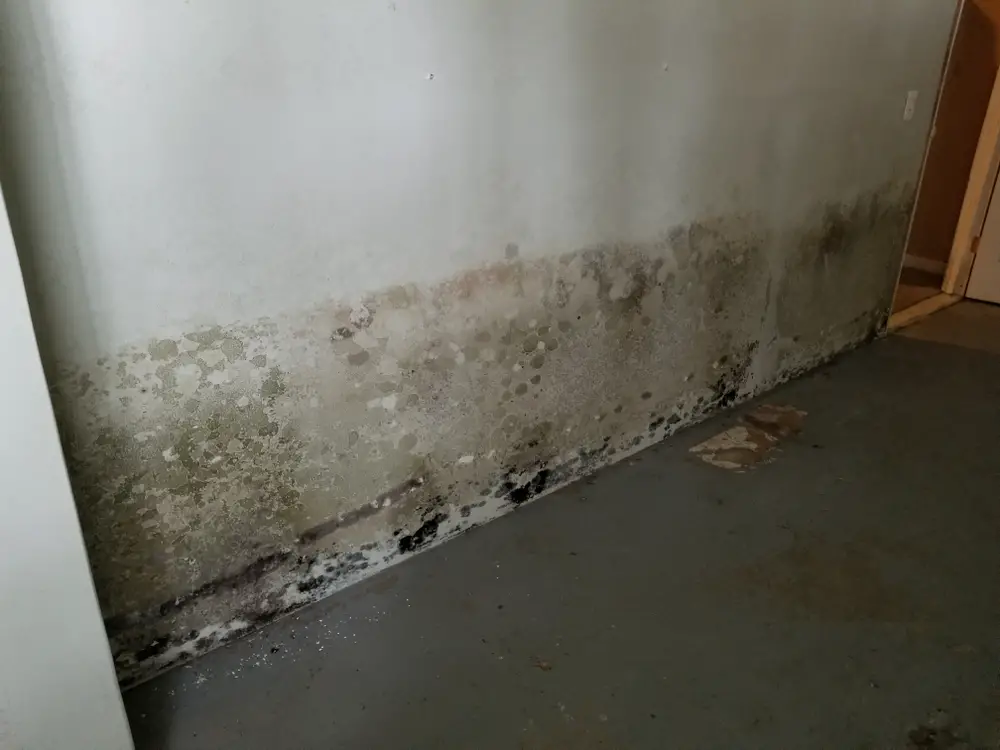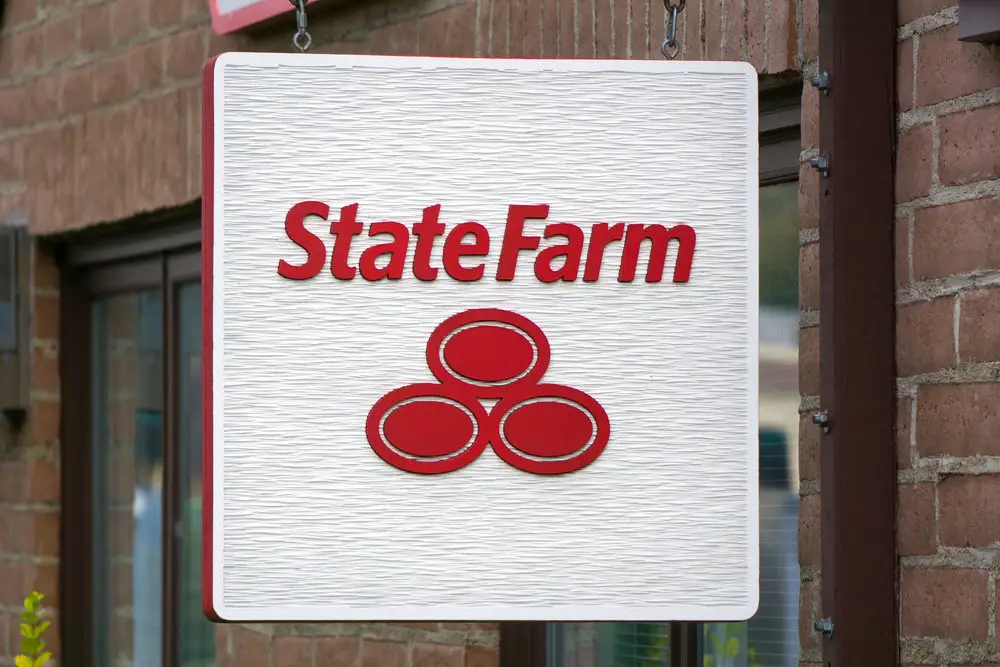Basements, particularly unfinished basements, seem to collect stains.
Cosmetic stains are often harmless, and have a habit of appearing with no real cause. Much like these annoyances, mold can spread without you noticing that it’s there.
Sometimes, by the time you’ve found it, it’s already grown into a big problem.

If you think you may have mold in your basement, it’s important to be able to identify it.
Mold needs to be removed from the basement, and then steps taken to stop it from returning.
Our guide shows you what to look out for if you suspect you have mold.
What does mold look like in the basement?
Basement mold may not necessarily look like a problem from the outset. Mold is most commonly found in the colors white and green.
You may find black mold as well, which is rare but more dangerous. Mold grows near damp, so if you have water stains check for mold growth.
Commonly, mold looks like dark or colored spots. In some conditions it will resemble slime, and other times it can seem furry. Mold growth is normally round.
In a finished, wall-papered basement, you may notice pink or yellow staining on the paper. This can also be found on drywall or wood.
It may not immediately look like mold, but it’s a sign that mold is there.
If it appears that your wall is growing spots, then that is a clear sign of mold. The spots may be white, green, yellow, or brown.
How do I know if I have mold in my basement?
Basements are notorious for water staining and discoloration, so at first you might think there’s no problem.
However, it’s easy for mold to grow in the basement if left unattended. Inspect organic surfaces if you think you have mold.
These include wooden flooring, wooden jousts, any wood that hasn’t been laminated, paper, cardboard, and framing.

Don’t ignore the ceiling, as this may be where leaks are that cause mold growth.
Inspect any items you have in your basement. Especially old furniture and cardboard boxes. If you have any exposed insulation, check this for mold as well.
It’s hard to find mold in insulation, so if you have inspectors in be sure to get them to double-check.
Mold has a distinctive smell, which you may notice first.
The smell is earthy, and unclean. If you can smell this on entering your basement, look for patches of mold.
You can purchase kits to send potential mold growth to laboratories for analyses. They can confirm if you have mold.
If you can’t find mold but suspect you have it, call in an inspector. They’ll know what they’re looking for, and the best place to look.
How serious is mold in the basement?
If you find mold in your basement, it’s fairly serious. You should take steps to fix it immediately. Mold from the basement can spread throughout the house if left untreated.
Mold in the basement can cause health problems, including respiratory issues and skin irritations. Left too long, and mold spreads quickly, becoming harder to remove.
Take steps to immediately remove any mold you find. Once the mold is gone, you need to look for the cause to prevent it from coming back.
This is generally areas of damp, including previous leaks that were unable to dry properly.
Is the mold in my basement dangerous?
Mold in the basement is dangerous. For people with compromised immune systems it can cause serious illness.
Asthma symptoms are often worsened by the presence of mold. Spores can cause irritation for both the eyes and the throat.
They can also lead to cold like symptoms, such as needing to cough and a runny nose. For sufferers of seasonal allergies, mold can increase symptoms.
Although these problems will be worsened by spending time in the basement, it doesn’t mean it’s only a problem in the basement.
Mold spores can travel on clothing and hair, and infect the air supply. It won’t just stay in the basement.
What does black mold look like on concrete floors?
You may not expect mold to grow on concrete basement floors, but they actually make a good incubator.
Concrete holds moisture, and the ragged surface collects the dust that mold feeds on. Black mold on concrete will appear as dark spots.
It may look like a stain. Black mold won’t form a hard surface, but stay soft. If you find black mold on your concrete, you should immediately remove it.
Ventilate the area well, wear the correct protective gear, and scrub with either bleach and water, or mold remover. When finished, rinse away.
Use a fan to dry the area quickly, and ensure it is fully dried out.
For serious growth, contact a professional.









